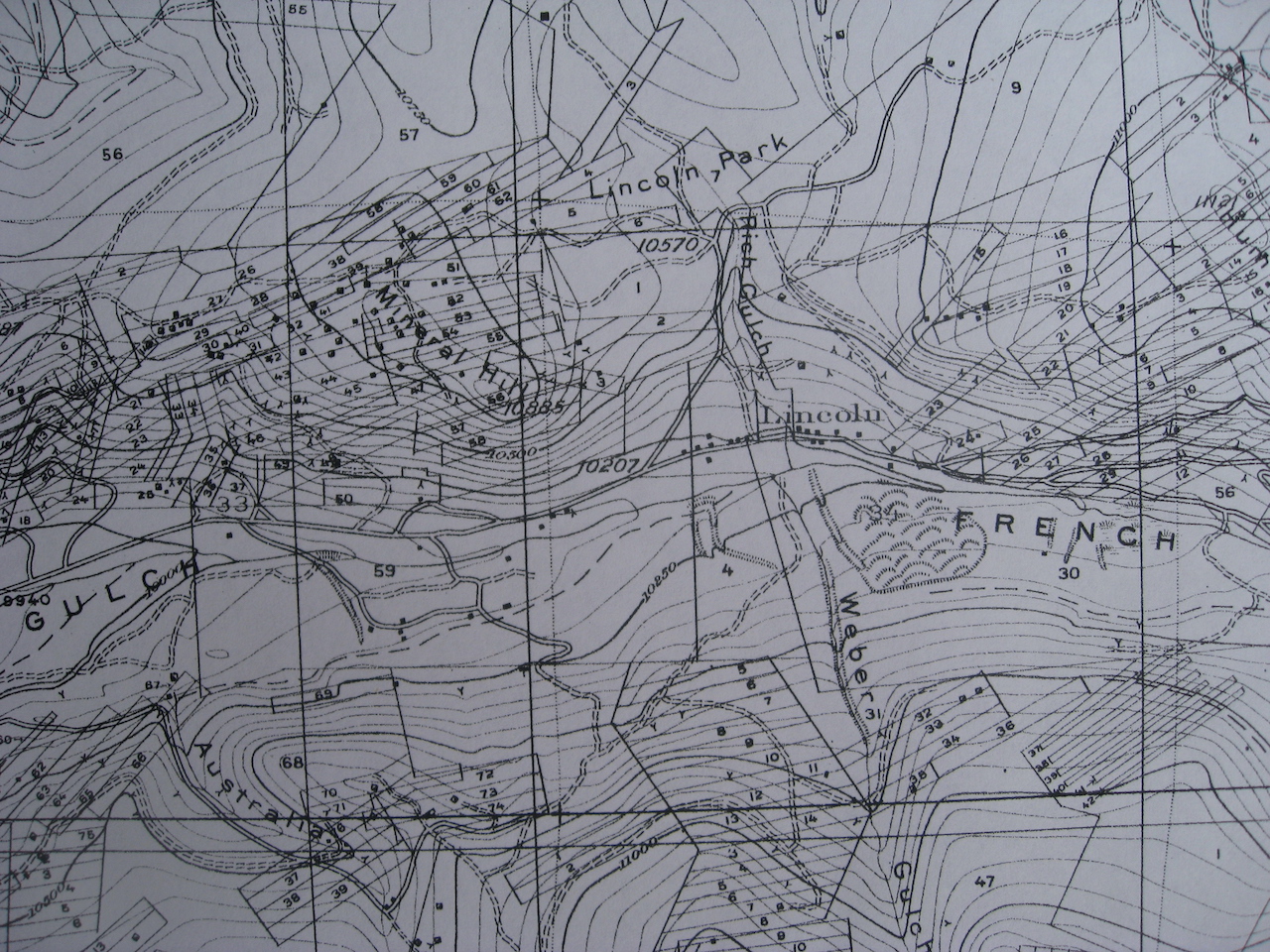Preservación: Proyectos realizados
Taladro Keystone
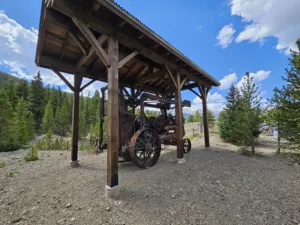 El taladro Keystone fue utilizado por el rey de las dragas, Ben Stanley Revett, a finales del siglo XIX para analizar el contenido de oro en el lecho rocoso. El taladro ayudaba a los operadores de dragas de oro a determinar la ruta más rentable para la draga.
El taladro Keystone fue utilizado por el rey de las dragas, Ben Stanley Revett, a finales del siglo XIX para analizar el contenido de oro en el lecho rocoso. El taladro ayudaba a los operadores de dragas de oro a determinar la ruta más rentable para la draga.
En verano de 2019, Breckenridge History trasladó la perforadora de Como a la mina Country Boy en Breckenridge. En septiembre de 2024, Ryan's Recovery ayudó a Breckenridge History a reubicar la perforadora en un refugio creado por Cortright Enterprises cerca del inicio del sendero B&B. Breckenridge History también ha añadido una señal interpretativa al lugar que muestra la importancia de la perforadora Keystone en la configuración de la zona.
Proyecto de estabilización del molino Jessie
El molino Jessie es uno de los ejemplos mejores y más fácilmente accesibles de una antigua mina y molino en la zona de Breckenridge. El molino de madera de 1893 se mantiene parcialmente intacto como prueba de los grandes esfuerzos de los mineros por recuperar oro y otros minerales de la zona. 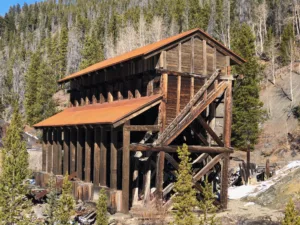 Si bien se ha realizado un trabajo significativo para evitar que los restos del Molino Jessie se derrumben, la estructura aún experimenta cargas de nieve significativas en los meses de invierno y un deterioro continuo debido a la exposición a la humedad durante todo el año. Como se indica en el Plan de Gestión de Recursos Históricos 2019 aprobado por la Ciudad y el Condado, un techo sobre la estructura restante es el tratamiento propuesto para la estabilización a largo plazo - una estrategia similar a la que se utilizó en el Wellington Ore Bin en French Gulch en 2015. El nuevo techo está diseñado para imitar la línea del techo histórico. Aunque gran parte de la estructura principal del molino de Jessie ha desaparecido, el tejado hace honor al aspecto del molino en la década de 1890.
Si bien se ha realizado un trabajo significativo para evitar que los restos del Molino Jessie se derrumben, la estructura aún experimenta cargas de nieve significativas en los meses de invierno y un deterioro continuo debido a la exposición a la humedad durante todo el año. Como se indica en el Plan de Gestión de Recursos Históricos 2019 aprobado por la Ciudad y el Condado, un techo sobre la estructura restante es el tratamiento propuesto para la estabilización a largo plazo - una estrategia similar a la que se utilizó en el Wellington Ore Bin en French Gulch en 2015. El nuevo techo está diseñado para imitar la línea del techo histórico. Aunque gran parte de la estructura principal del molino de Jessie ha desaparecido, el tejado hace honor al aspecto del molino en la década de 1890.
Breckenridge History trabajó con Cortright Enterprises como contratista principal de este proyecto. La financiación del proyecto corrió a cargo del Ayuntamiento de Breckenridge y del Gobierno del Condado de Summit. Los trabajos en la estructura del tejado ya han concluido. Los próximos pasos consistirán en añadir una señal interpretativa al lugar.
Restauración y reutilización adaptativa de Milne Park
Breckenridge Historia concibe el Parque Alice G. Milne como un destino que involucra a la gente en la historia del parque, da la bienvenida a diferentes usos públicos y privados, y sirve como un lugar de encuentro para los lugareños y visitantes. En 2020, Breckenridge History completó los planes para restaurar las casas Milne y Eberlein, preservar el tejido histórico y dar a los edificios nuevos usos para satisfacer las necesidades de Breckenridge History y de la comunidad. Estas renovaciones dieron sus frutos en otoño de 2023. Las nuevas instalaciones de Milne Park incluyen espacio para exposiciones, espacio para programas educativos y una instalación para el cuidado de las colecciones. Actualmente, la exposición de la casa Milne se centra en los esfuerzos de renovación y en algunos de los secretos que se descubrieron durante el proceso. Visite la página del Parque Alice G. Milne para obtener más información sobre el espacio.
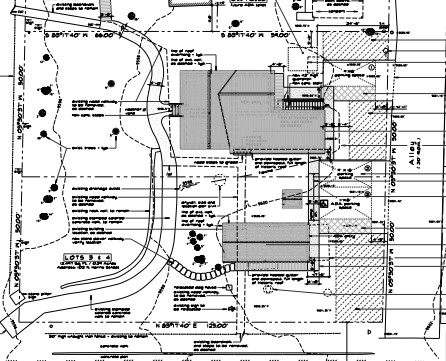
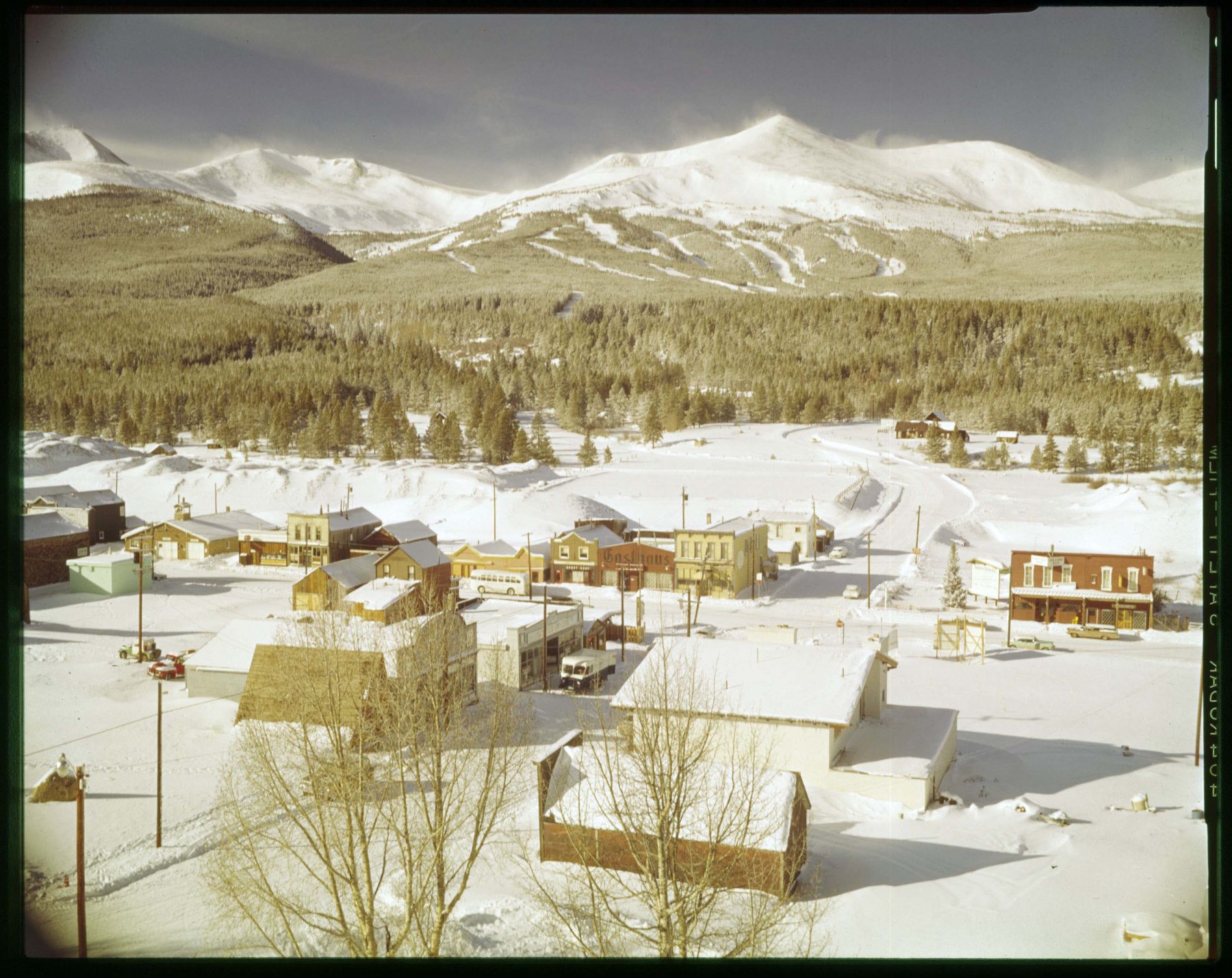
Breckenridge moderno
Breckenridge History completó un plan interpretativo para guiar futuras exposiciones sobre la historia de Breckenridge desde 1950 hasta la actualidad y realizó más de 130 historias orales para documentar las historias de los lugareños de toda la vida. Estas historias orales se pueden escuchar gratuitamente en el sitio web de los Archivos Históricos de Breckenridge. Breckenridge History también ha creado una exposición sobre Breckenridge Moderno en el Museo del Centro de Bienvenida. La exposición se centra en la transición de Breckenridge de pueblo minero a centro turístico de categoría mundial. La exposición cuenta la historia del desarrollo de Breckenridge hasta convertirse en una estación de esquí de categoría mundial a través de unos 60 objetos, cada uno de los cuales marca una historia única en la historia de Breckenridge. La exposición está disponible en la segunda planta del Welcome Center.
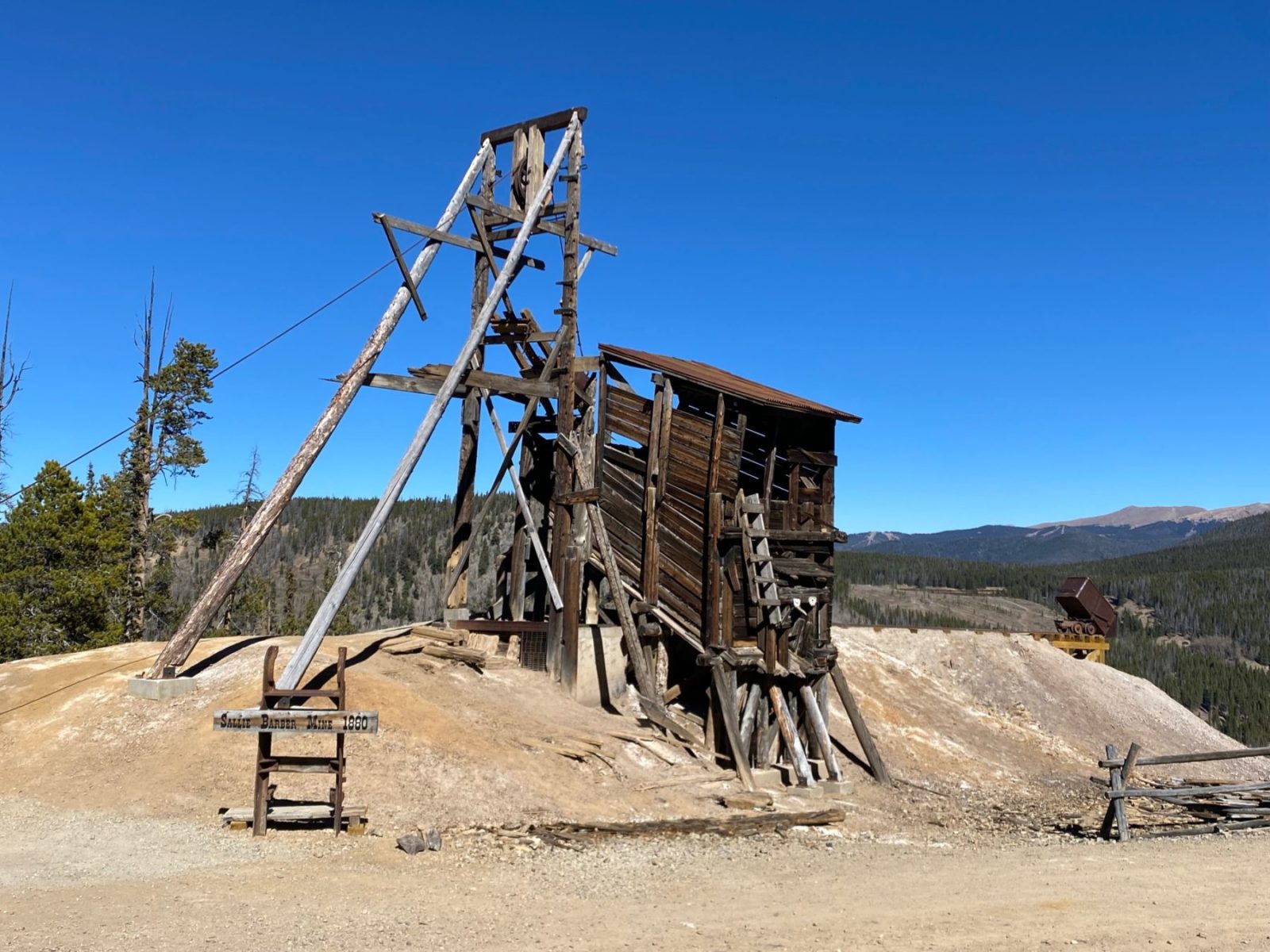
Estabilización de la mina Sallie Barber 2022
Breckenridge History, en colaboración con los departamentos de espacios abiertos del condado de Summit y del pueblo de Breckenridge, estabilizó el yacimiento de la mina Sallie Barber en el verano de 2022. Además de reforzar el depósito de mineral, contratistas y voluntarios restauraron varios artefactos en el lugar.
La mina de hacia 1880 fue una de las primeras y más importantes productoras de zinc de la zona, justo cuando el mineral de zinc era objeto de una fuerte demanda nacional por primera vez como material de fabricación. En la actualidad, este monumento histórico es un popular destino de senderismo, esquí de fondo y ciclismo de montaña.
Click here to see English translation of the Sallie Barber interpretative cartels.
Exposición Washington Mine & Milling 2020
La exposición Washington Milling es una muestra al aire libre única en su género sobre el tratamiento del mineral. El punto central es un molino de estampas restaurado del Museo Nacional de Minería y Salón de la Fama. La nueva exposición incluye una pasarela hasta el molino y señales interpretativas.
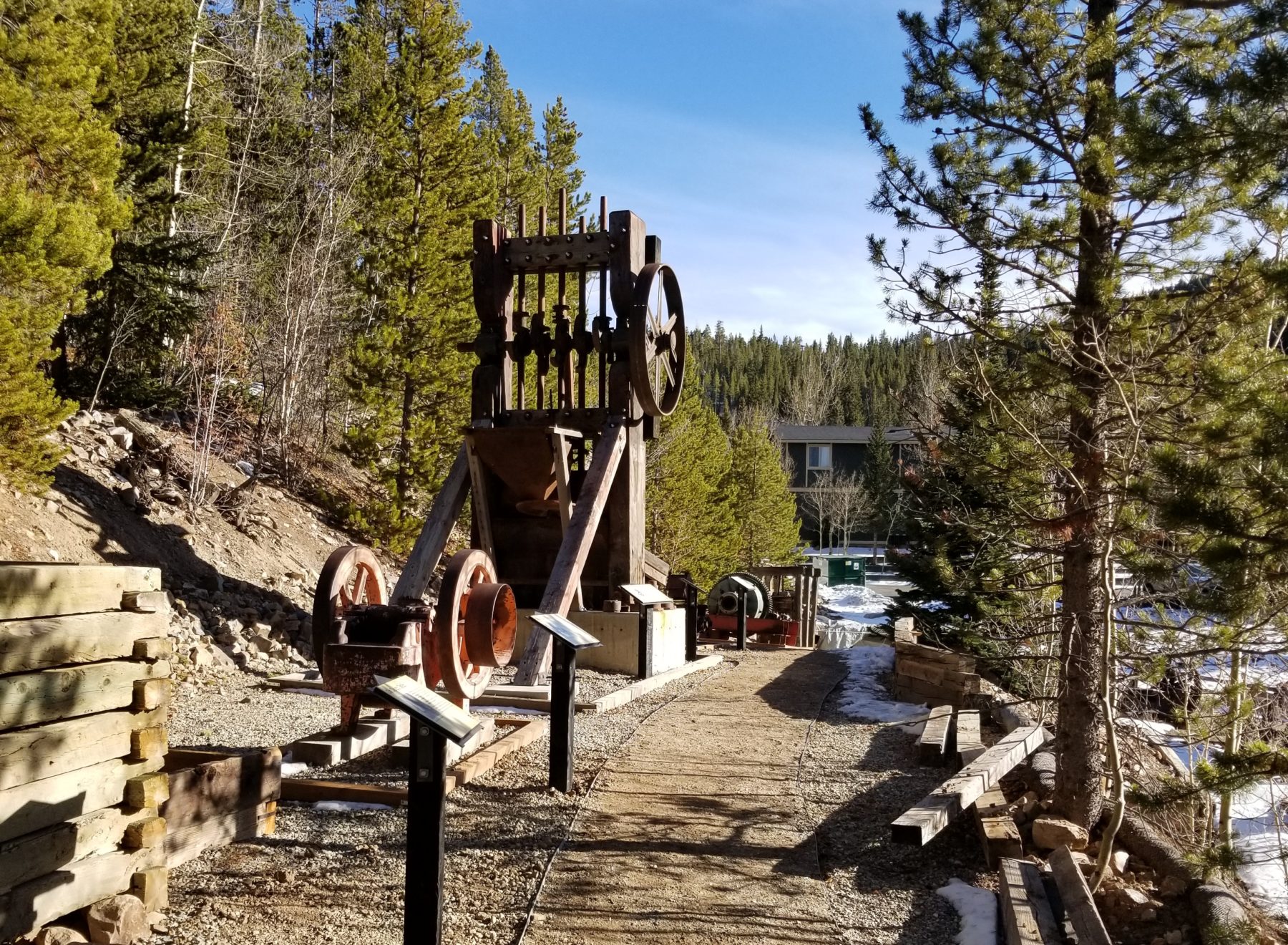
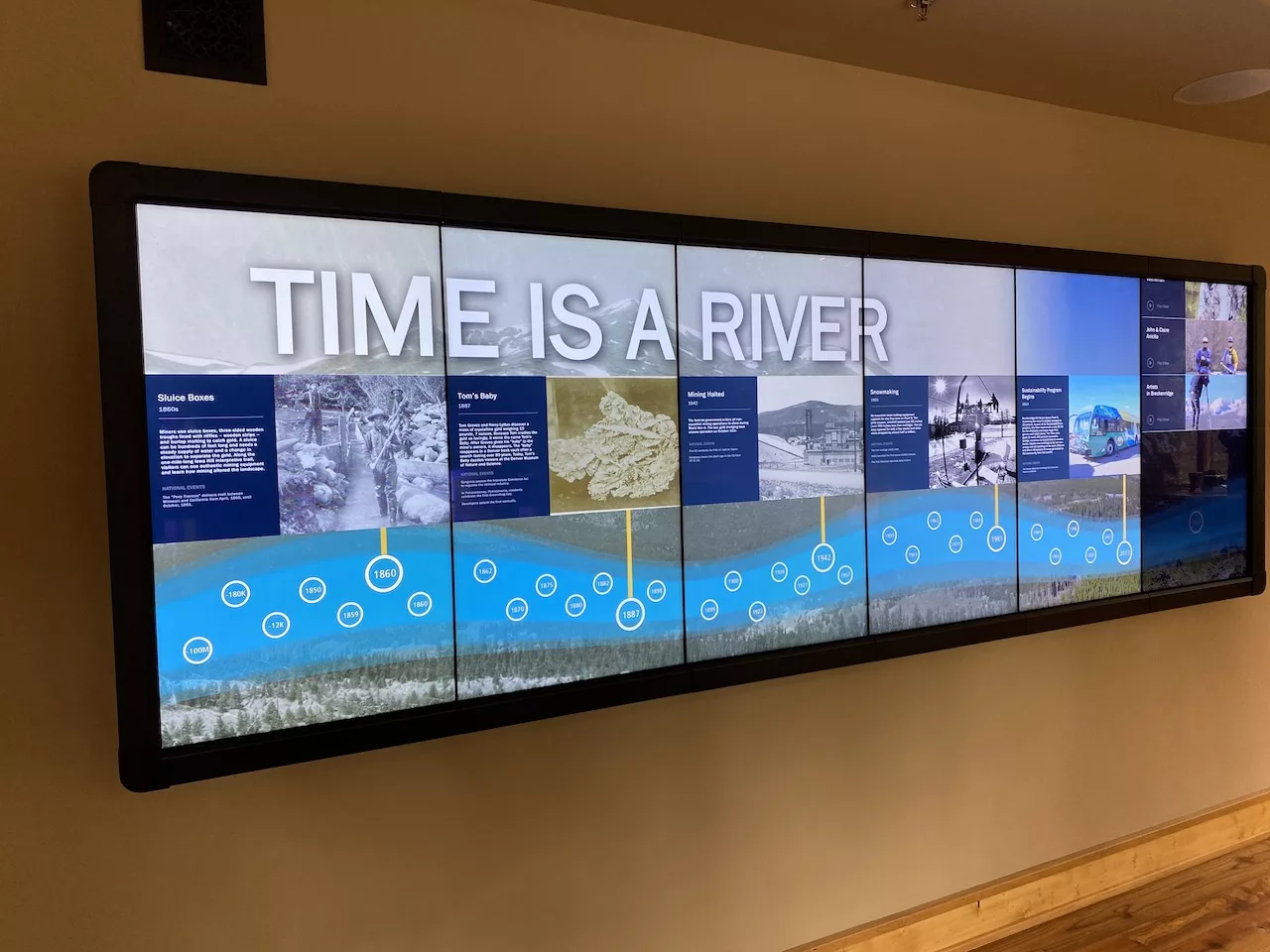
Remodelación del Museo Breckenridge Welcome Center 2020
Time is a River permite a los usuarios explorar la historia de Breckenridge -desde el crecimiento de las Montañas Rocosas hasta la minería, pasando por la historia de la estación de esquí de Breckenridge- a través de un conjunto de cronologías interactivas. La remodelación también incluye una sala de cine actualizada y dirigida por el usuario y una experiencia de realidad virtual de última generación.
Estabilización de las tolvas de mineral de Wellington 2016
En 2016, Breckenridge History reconstruyó el tejado del depósito de mineral Wellington e instaló revestimientos y ventanas históricas en las aberturas originales. El nuevo tejado, tratado para que se oxide como lo habría hecho históricamente, protegerá la emblemática estructura de futuros daños causados por la nieve y la lluvia y prolongará indefinidamente la vida útil del depósito de mineral.
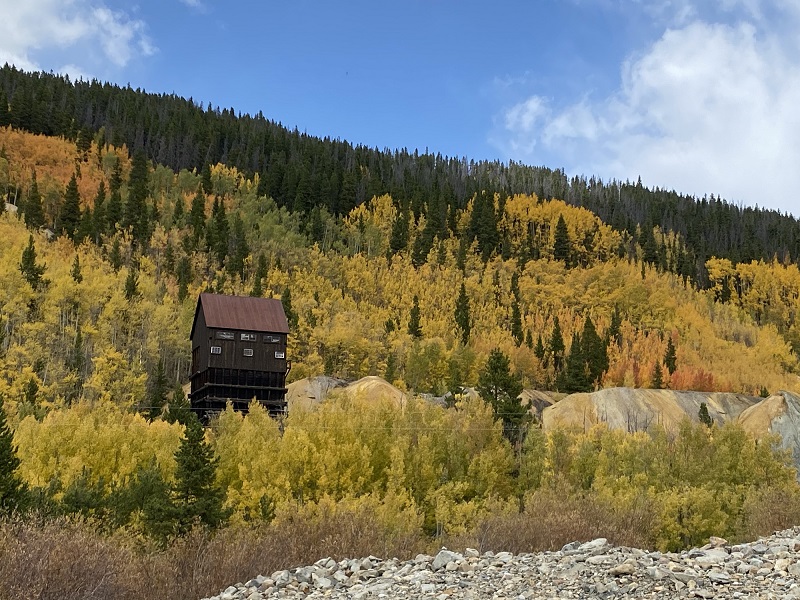
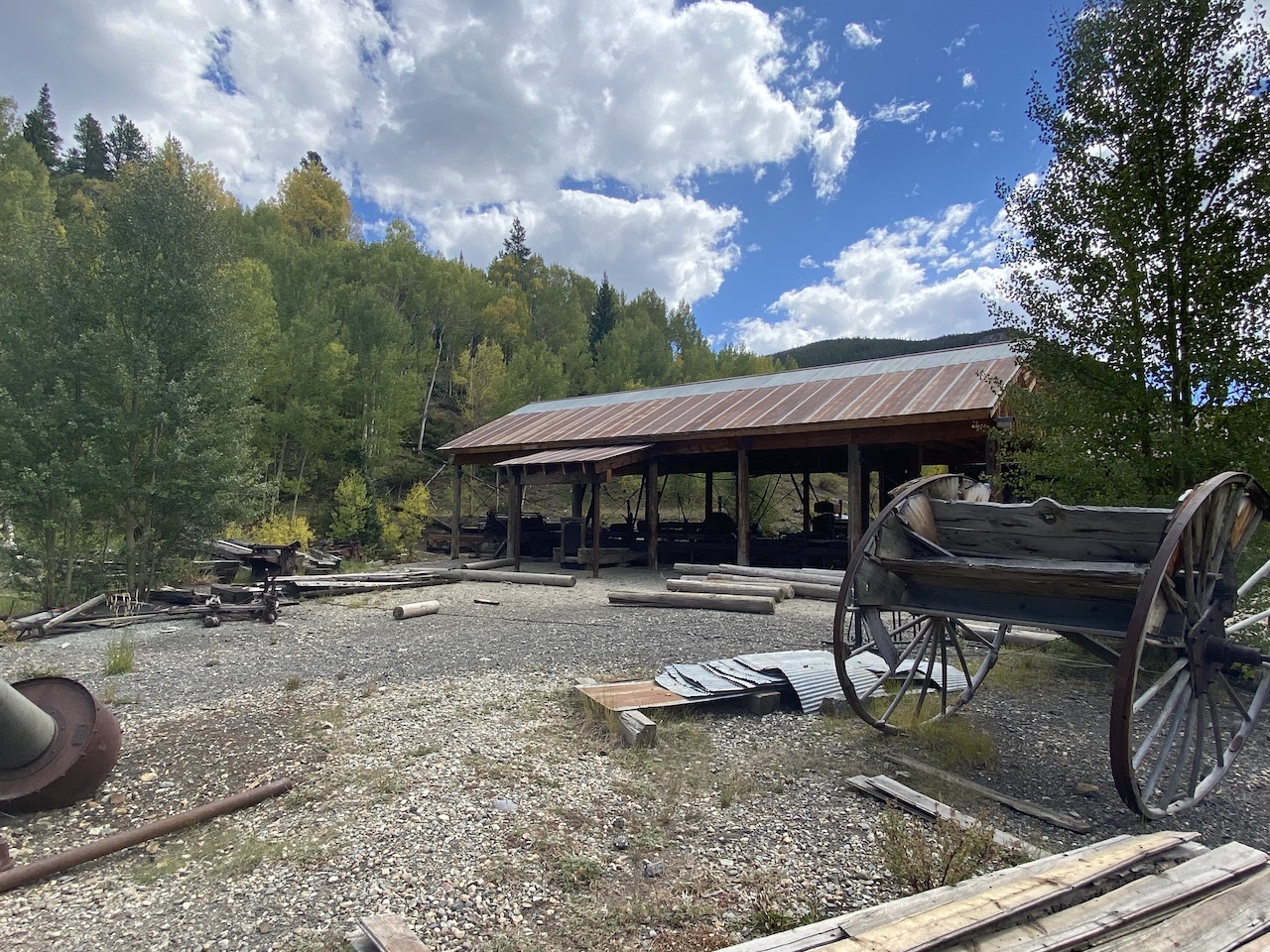
Museo del Aserradero de Breckenridge 2015
El aserradero Wakefield, situado en Boreas Pass Road, fue construido hacia 1938 por Marion Wakefield y estuvo en funcionamiento hasta el otoño de 1959. Breckenridge History restauró el lugar como museo al aire libre del aserradero, abierto ahora como visita autoguiada durante todo el año.
Draga de oro Reiling
La draga de oro Reiling se utilizó para extraer oro a lo largo del arroyo French Creek, hasta que se hundió en un pequeño estanque en 1922. Tras numerosos estudios y evaluaciones, Breckenridge History estabilizó la superestructura restante. La Reiling se incluyó en 2022 en la lista de Lugares en Peligro de Colorado.
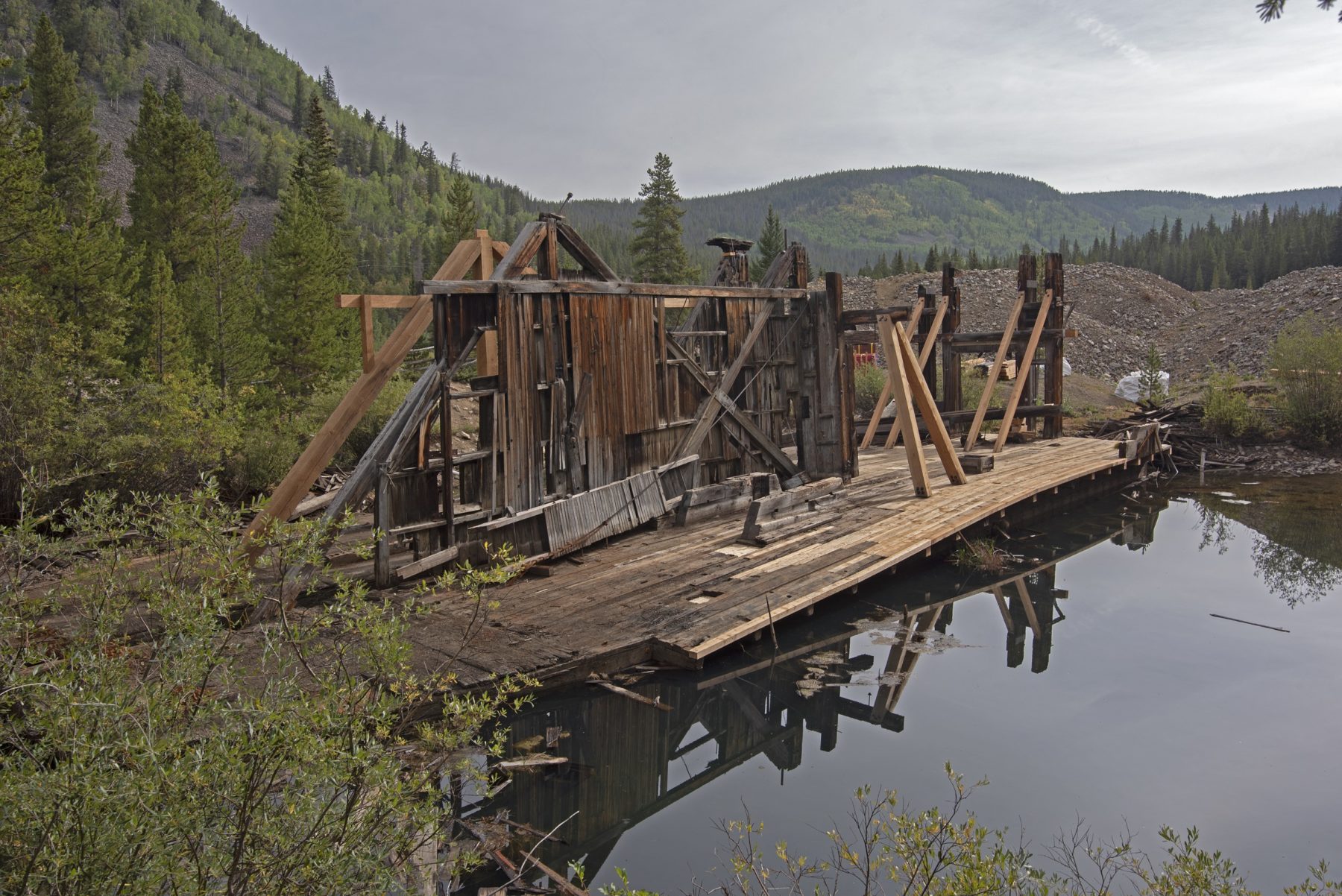
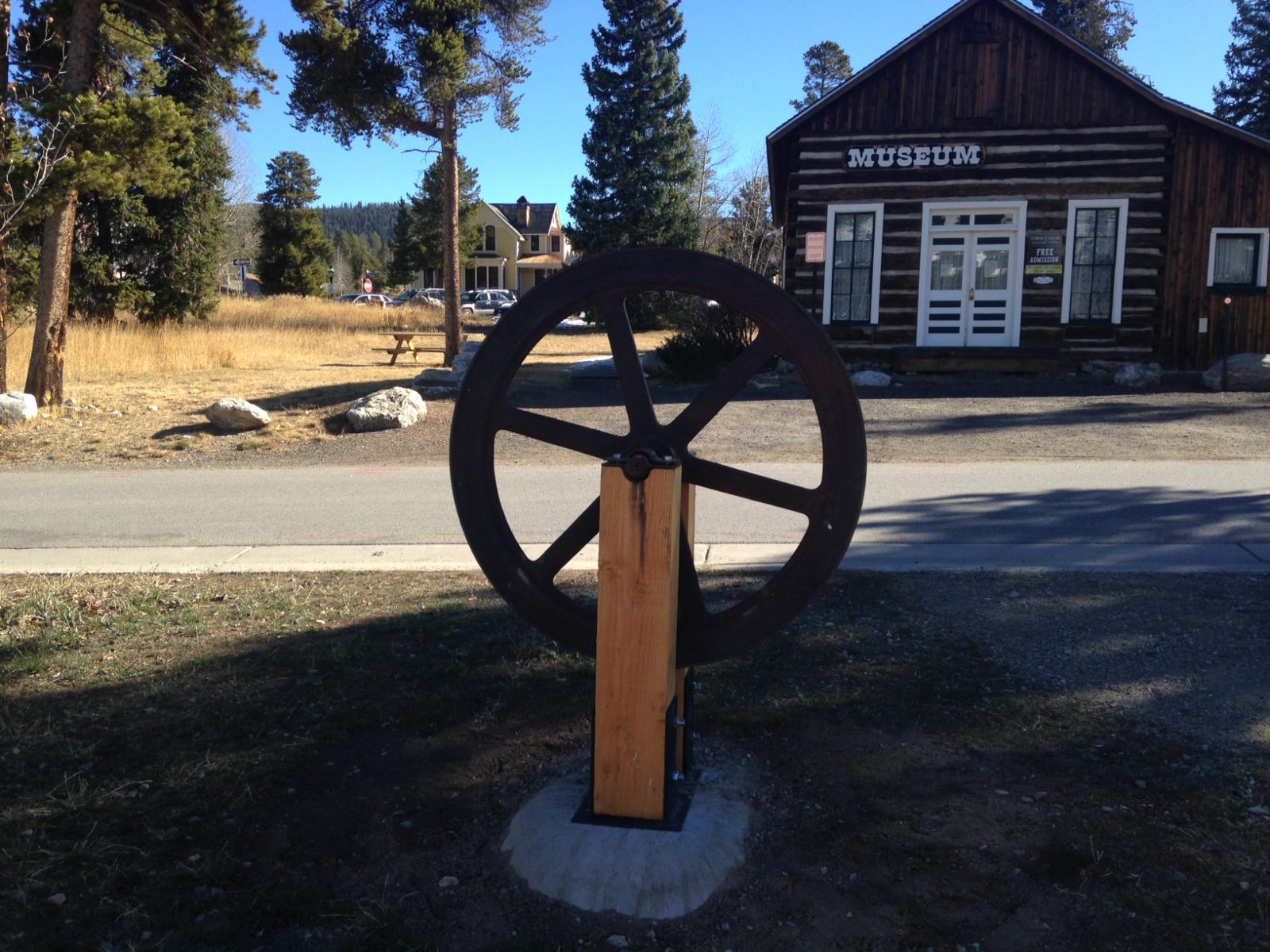
Exposiciones de artefactos al aire libre
Breckenridge History instala artefactos en lugares al aire libre para el disfrute público y la apreciación de nuestra historia local. El primer artefacto, una polea, se encuentra en Prospector Park. Una polea actuaba como una polea gigante en las minas subterráneas, bajando a los mineros y sus equipos y sacando el mineral de los pozos verticales.
Mejoras en el parque Alice G Milne
En 2015, Breckenridge History inició una serie de mejoras en Milne Park, como la eliminación y poda de árboles, la reparación de la valla y una nueva entrada y señalización del parque. Los servicios públicos incluyen una mesa de picnic, una zona para sentarse en la pared rocosa y señales interpretativas.
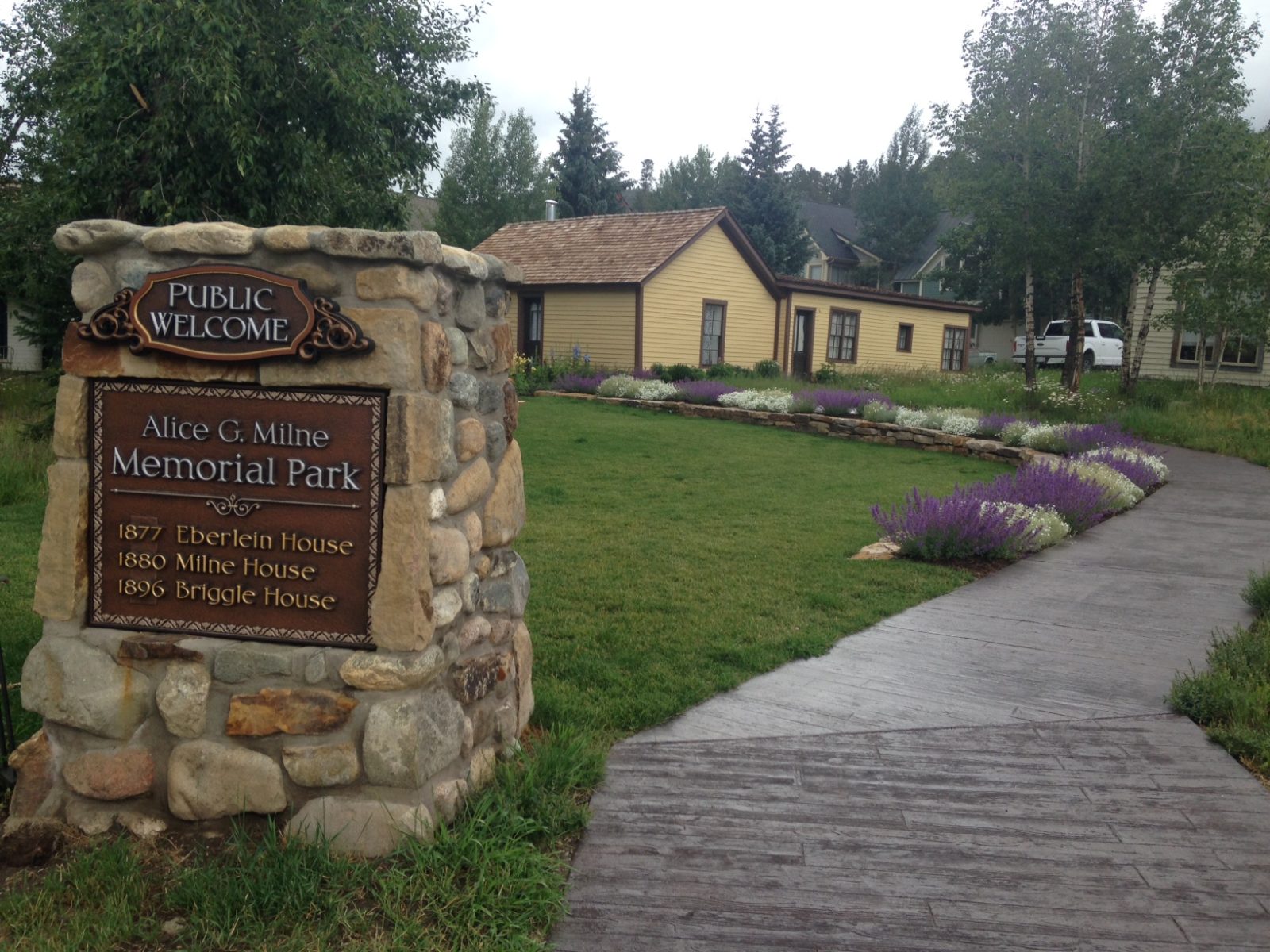
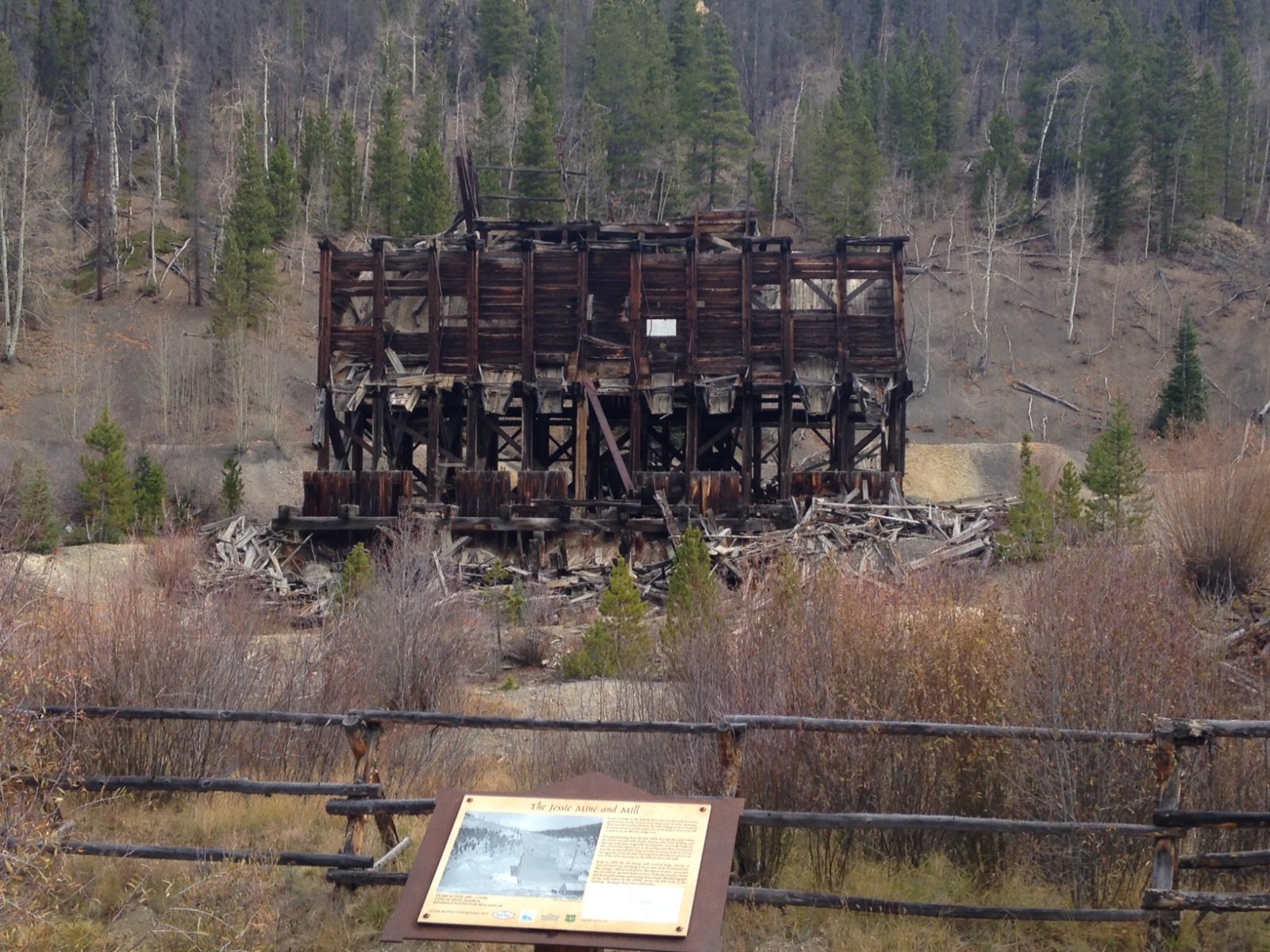
Mina y molino Jessie
Breckenridge History estabilizó el molino de Jessie utilizando cabrestantes, cables y tirantes de madera para devolverlo a su posición casi a plomo. Además, los contratistas taparon las bases del molino, trataron la madera y mejoraron el drenaje del lugar para su conservación a largo plazo. Los tratamientos futuros están por determinar.
Centro Comunitario Breckenridge Grand Vacations
El pueblo de Breckenridge y el condado de Summit colaboraron para renovar la escuela de Breckenridge de 1909, situada en 103 South Harris Street. El nuevo Breckenridge Grand Vacations & Community Center y Summit County South Branch Library abrieron sus puertas al público el 10 de enero de 2015.
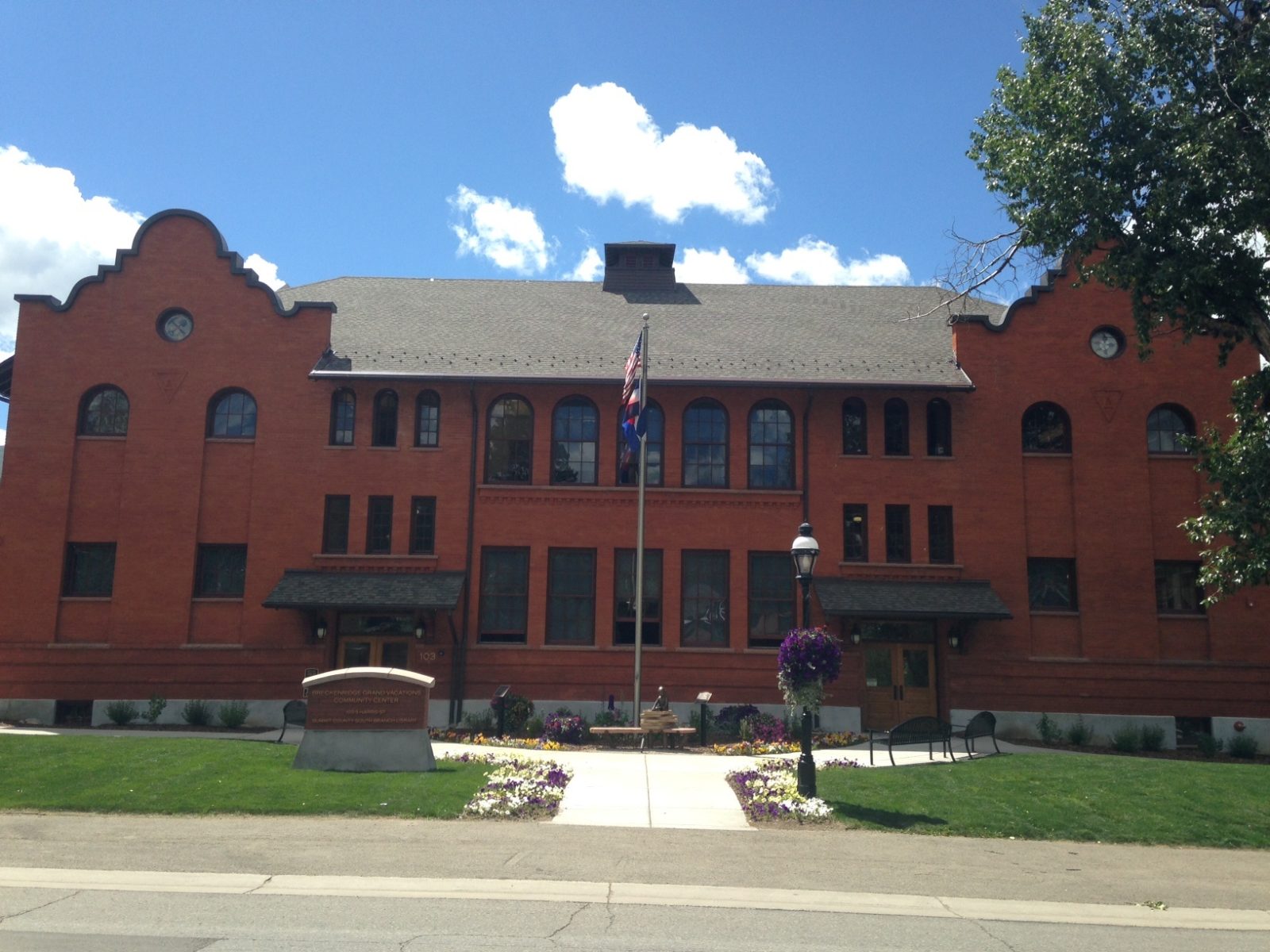
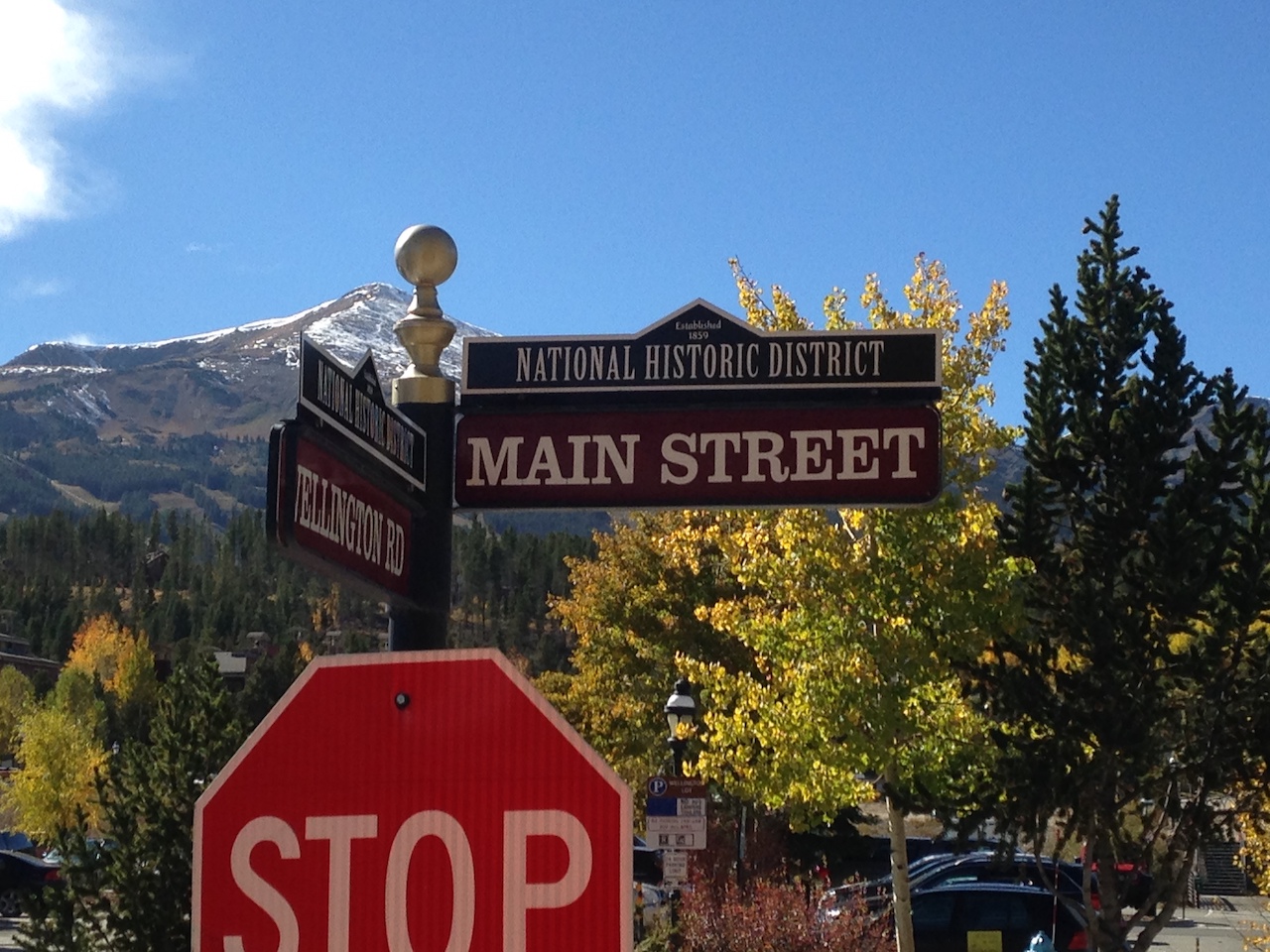
Distrito histórico
Breckenridge History instaló nuevos carteles de "sujetalibros" del distrito histórico en 2011 y "remates" de carteles de calles en 2013. Las estructuras que contribuyen al distrito pueden recibir una placa gratuita del distrito histórico de Breckenridge History para colocarla en la estructura o cerca de ella.
Parque infantil High Line Railroad
Breckenridge History diseñó un parque infantil de temática minera y ferroviaria para complementar el equipamiento histórico. Se añadió nuevo material rodante, incluidos un vagón de plataforma y un furgón de cola, a las exposiciones existentes, así como señales interpretativas exteriores.
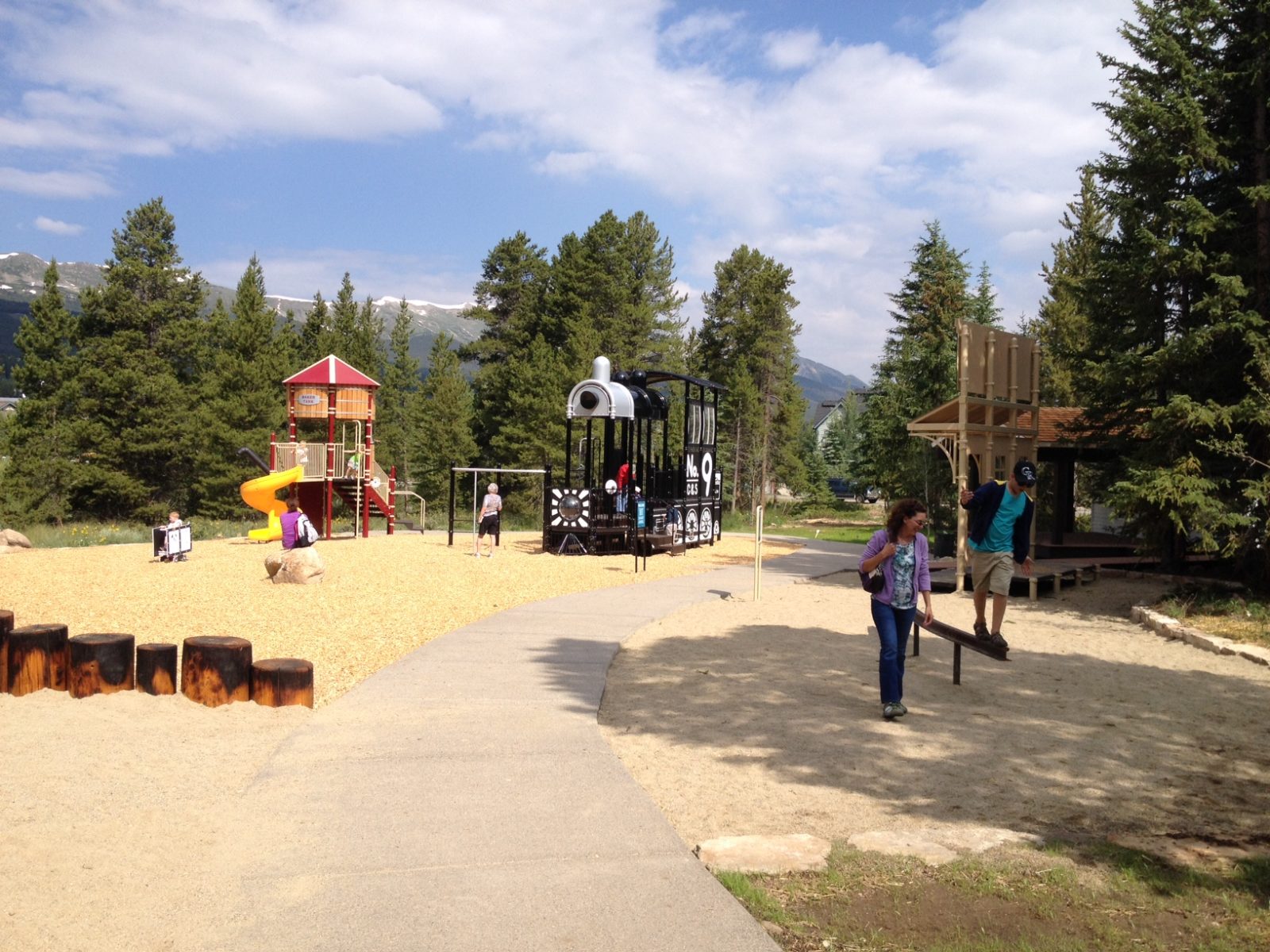
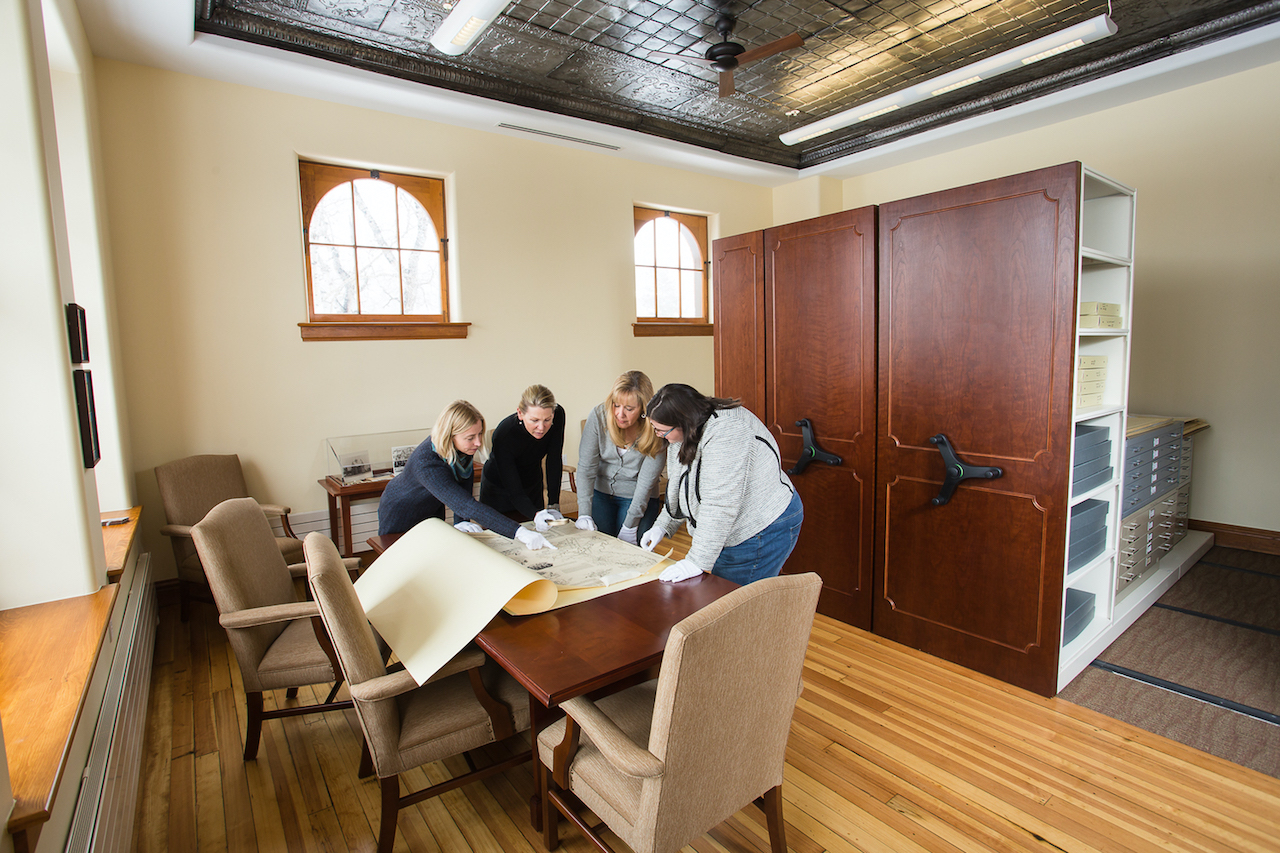
Archivo
Breckenridge History obtuvo un espacio en el Breckenridge Grand Vacations Community Center para instalar un archivo. El espacio incluye fotografías, mapas, folletos y material efímero desde los primeros tiempos de Breckenridge hasta épocas más contemporáneas. Visite breckhistory.org.
Cabaña Klack Placer
La cabaña Klack Placer, construida en 1878, es una de las últimas cabañas de una sola planta del siglo XIX que quedan en el pueblo de Breckenridge. Breckenridge History reunió a contratistas y empresas locales para salvar el deteriorado edificio.
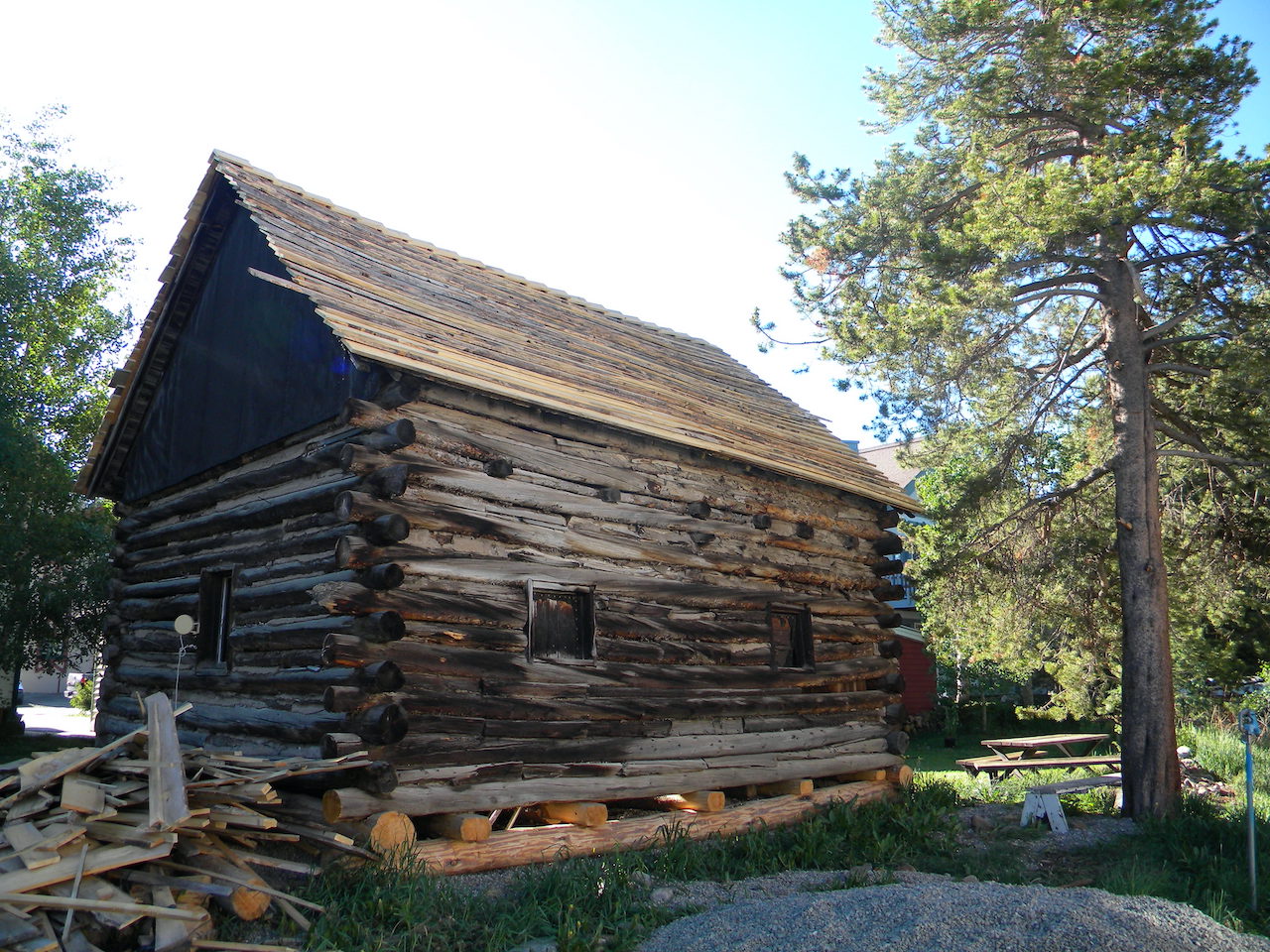
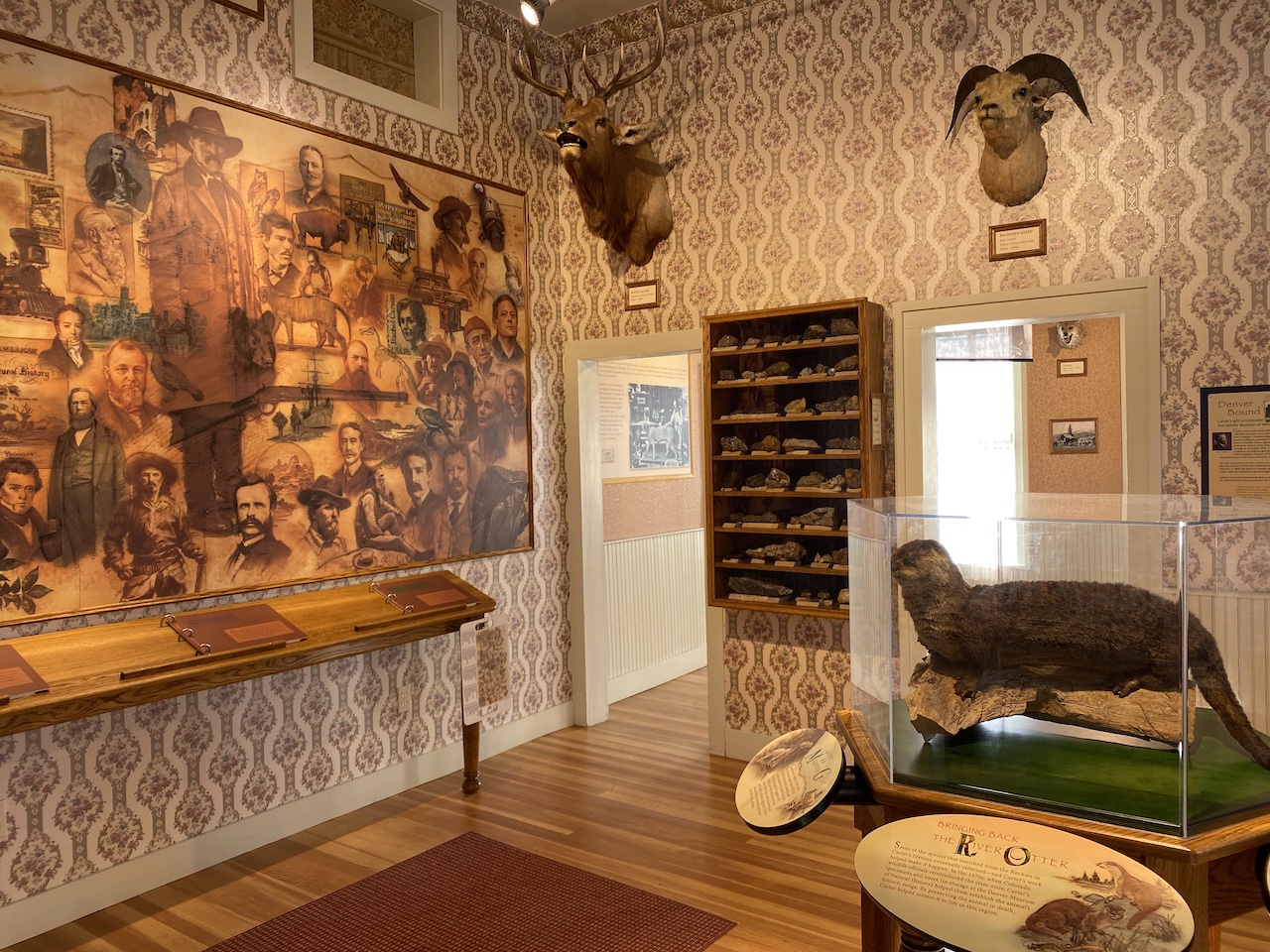
Rehabilitación del Museo Edwin Carter
Breckenridge History supervisó una reforma completa del Museo Edwin Carter de 1875. Las nuevas exposiciones muestran la evolución de la vida de Carter como minero, taxidermista y científico y explican cómo, en 1900, su asombrosa colección de fauna de las Montañas Rocosas llegó a constituir el núcleo de la colección del actual Museo de Naturaleza y Ciencia de Denver.
Bienvenido a casa Motor nº 9
Breckenridge History construyó un refugio al aire libre para albergar la locomotora nº 9, un icono del patrimonio ferroviario de vía estrecha de Colorado. El público visitante de hoy podrá ver la locomotora nº 9 en el mismo contexto en el que funcionaba: a menos de 10 metros de la vía original de la High Line que llegaba a Breckenridge desde Boreas Pass.


Señales interpretativas
A partir de 2011, Breckenridge History instaló señales interpretativas en French Gulch a lo largo de los senderos B&B, Minnie Mine y X10U8, que atraviesan la legendaria herradura dorada de Breckenridge, una de las regiones mineras más fértiles de Colorado. En los últimos años, Breckenridge History ha completado otras señales en senderos locales, así como dentro de la ciudad.
Cementerio de Valley Brook
Breckenridge History, en nombre de la ciudad, recibió una subvención del Gobierno Local Certificado para nominar el cementerio al Registro Nacional de Lugares Históricos. El cementerio se incluyó oficialmente en el registro en julio de 2014. El mantenimiento periódico y la conservación de los monumentos sigue siendo una prioridad.
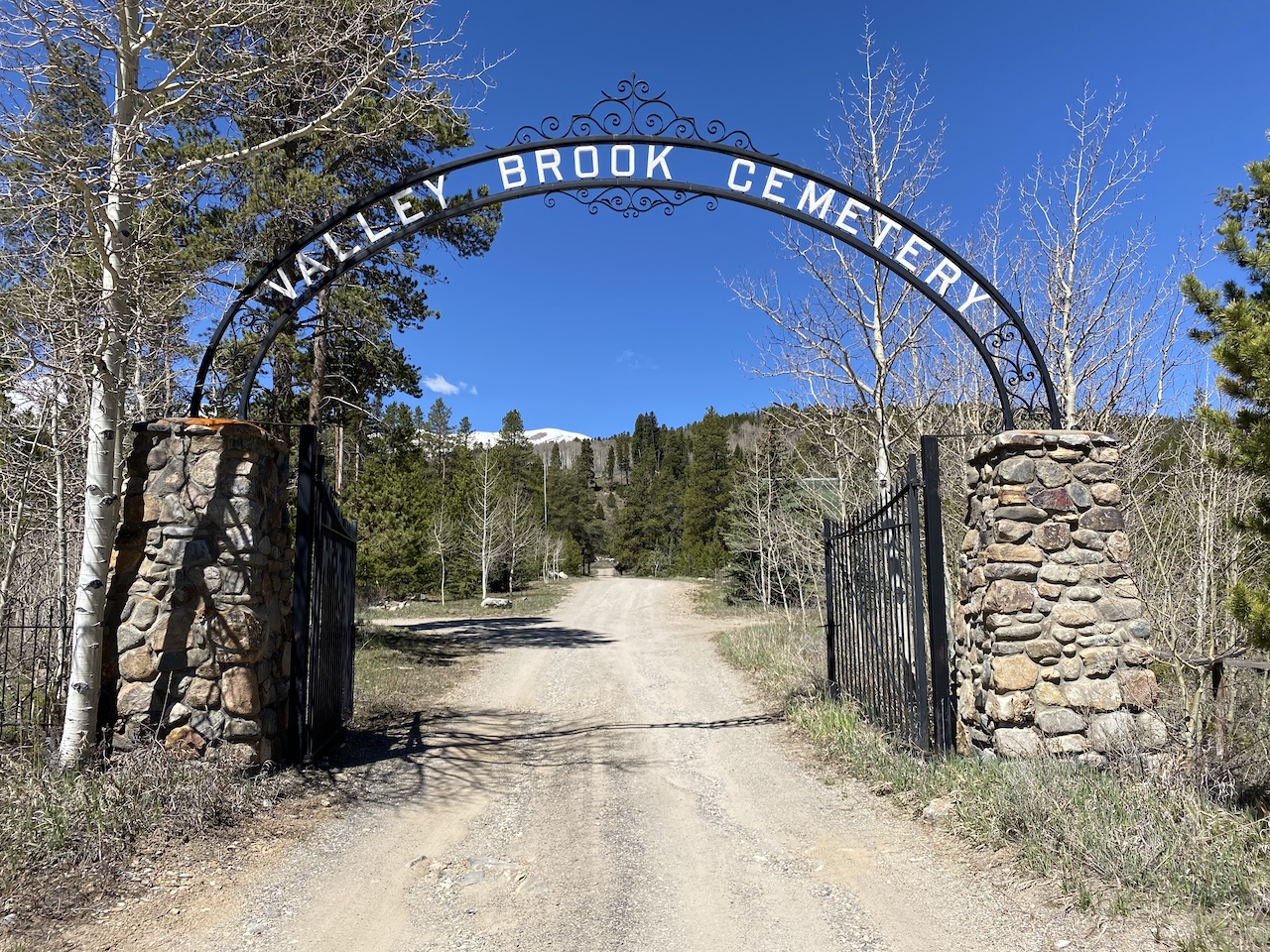
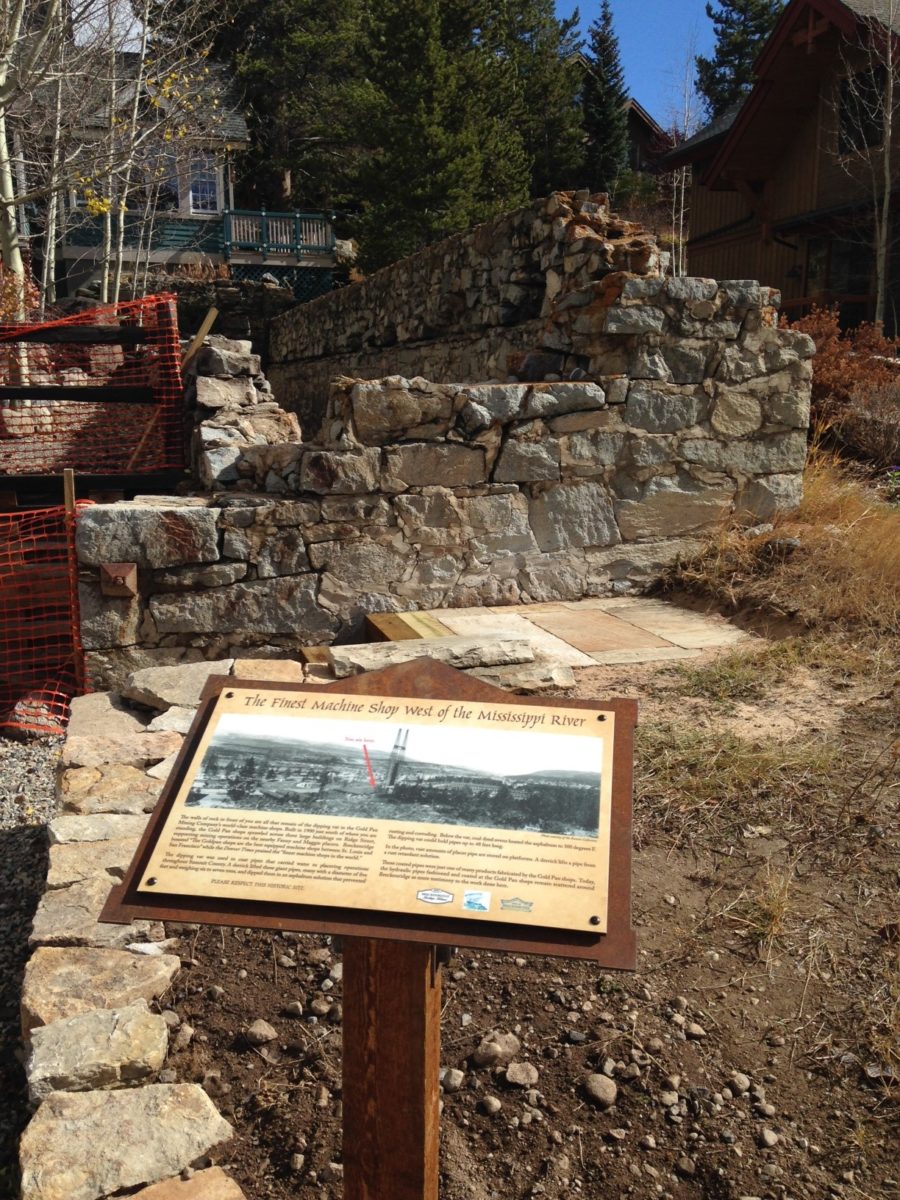
Estación de inmersión
Los muros de roca del sur de la calle Ridge, frente al actual centro comercial La Cima, son todo lo que queda de la estación de inmersión de los talleres mecánicos de categoría mundial de la Gold Pan Mining Company. Breckenridge History dirigió un esfuerzo de varios años para estabilizar e interpretar la estación de inmersión.
Inventario de yacimientos mineros y estudio de recursos culturales
Mountain States Historical registró más de 100 yacimientos mineros en la zona de Breckenridge para documentar sus características, arqueología y otra información histórica. Haga clic aquí para acceder a estos inventarios. Los estudios de recursos culturales para las estructuras que contribuyen dentro del distrito histórico de la Ciudad están disponibles visitando los Archivos de Historia de Breckenridge.
